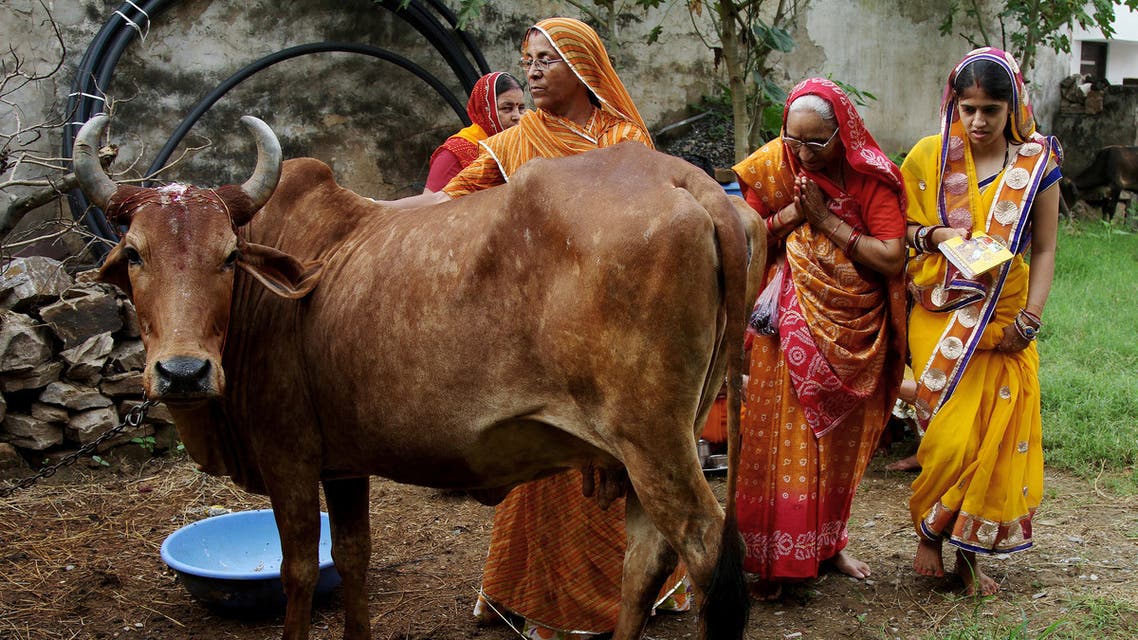Worldwide, most countries have seen the venture of dairy farming become more difficult these last few decades. The numbers of farms have decreased exponentially and margins have grown tighter. The last handful of years have witnessed farmers expressing these frustrations, from dumping milk in the Bulgarian mountain passes to protesters spraying it on government buildings in Brussels. In fact, it seems agriculture only intersects the general media to show farmers communicating disappointment in the industry, doubt in their government’s motivation to provide fair conditions, and a belief that any change that is possible in the sector is also slow and ineffective. The story is similar across most dairy producing nations in the world—except one that has gone strangely untold, and comes from a seemingly unlikely place.
Under British control in 1945, India’s dairy industry was signed away to Polson Dairy, a multinational that, with its monopoly, scarcely paid farmers for their milk and charged the consumers unwarranted prices. The next year, in the Kaira district, a close ally of Mahatma Gandhi led a milk strike and developed village cooperative societies to help, at least locally, cut out Polson’s involvement and secure reasonable for area farmers.
The Indian dairy industry is far removed from the experience of most present-day farmers. The majority of the producers only have a few cows or buffalos—five would be a large herd. People queue, with their stainless steel buckets in hand, at a desk inside a modest cooperative building for their milk to be checked for its fat percentage. Many villages still don’t have a cooling unit, so the milk is picked up twice a day amidst the 100 F heat. Under these conditions India has become the largest producer of milk in the world.
While profit margins improved for farmers in the Kaira district after the establishment of cooperatives in the late forties, the rest of the country still suffered under the Polson monopoly and the industry as a whole was stagnant. Sri Lanka, just off the tip of India, was also under the control of a multinational—Nestlé—and saw its farmers whittled away until it was only a place for imported milk to be processed. The fate of the Indian dairy industry, however, would be different, thanks to a young government that supported its farmers.
In 1964, the Indian Prime Minister visited Anand, where the largest cooperative in Kaira was located. He allegedly walked through the town until two in the morning, studying how the milk cooperative worked. He returned to Delhi and allowed the establishment of the National Dairy Development Board (NDDB) the next year.
Soon after, the Indian government commenced “Operation Flood”—arguably the largest and most successful government initiative in the modern history of dairy farming. The three-part project that spanned 26 years allowed cooperatives to be set up across the entire country, as well as invested in the infrastructure of the industry. The government accepted donations of surplus milk powder and butter oil from the European Economic Community and channeled it only to the cooperatives. Without access to the surplus, multinationals were forced to buy milk from Indian farmers, boosting the domestic industry. In addition, it allowed cooperatives to make cheap products, which meant that they could compete with the big companies. Finally, the head of the NDDB convinced the World Bank to help fund Operation Flood (so named for the flood of Indian milk that resulted) with a loan that came without attachments.
The result of Operation Flood is sometimes called The White Revolution (even if one has to be careful with the term). The investment in the dairy industry stimulated progress and development in a rural India that badly needed it. Five cows could not send a family’s children to high school, but it could support their basic education and provide a supplemental income that that changed their standards of living and circulated more money through the village. While milk did not dissolve the strict class structures inherent to Indian culture, it did enhance the role of women, as they were usually the ones to tend the cows and buffalo, brining in a substantial proportion of the family’s income. Some semi-nomadic tribes, such as the Bharwad, opted to settle in one location due to the stability of income from milk cooperatives. It has also been suggested that milk even had the power to preserve peace. In 2002, violence broke out between Muslims and Hindus, resulting in more than a thousand deaths. Dairy-producing communities, however, remained safe. It has been stated that the cooperative structure in these villages have cultivated greater integration among its people, leading to more social stability. Perhaps even more noteworthy in the story of the India is that while the rest of the world races towards expansion, the Indian dairy industry didn’t seek an answer in mass production, but in the production of the masses.
Protests continue in Europe. The United States has tried various pricing structures for milk over the last several decades, all of them leaving farmers disillusioned. Australia struggles with low prices and reoccurring weather catastrophes. If anything, the example of India shows that not only is wholesale change possible, but a government investing in its dairy farmers can reverberate through the entire society.
This article is part of The Milk House Column series, published in print across four countries and two languages. It can also be found at themilkhouse.org.
This article appeared in a similar form in Progressive Dairyman and The Dairy Mail.
Ryan Dennis is the author of the novel The Beasts They Turned Away.

